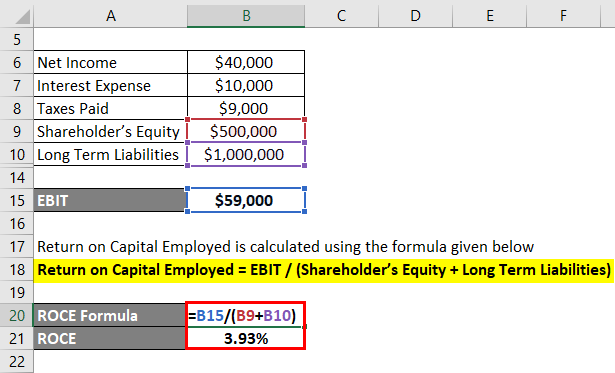Accountants need both a bachelor’s degree in accounting or finance and experience in the field to take the exam. The exam is tailored to each state’s requirements and is administered by the state boards of accountancy. There are 671,855 certified public accountants in the U.S. as of August 2024, according to the National Association of State Boards of Accountancy.
What Are the Responsibilities of an Accountant?
Most professionals in the field possess bachelor’s degrees and, if employed by a corporation, may require certification to move up within the firm. After the Great Depression and the formation of the Securities and Exchange Commission (SEC), all publicly traded companies were required to issue reports written by accredited accountants. Automated accounting software, such as QuickBooks and other popular applications, are becoming increasingly influential in the industry. In fact, a recent survey found that bookkeepers and accountants spend roughly 86 percent of their time on tasks that have the potential to be automated. Accounting principles are critical for ensuring accountants don’t give clients bad guidance or mislead them with poorly maintained financial statements. Accounting professionals must pay strong attention to detail in order to keep information accurate and organized.
When you know your financial tracks are covered, you can focus on the exciting aspects of running your business and bringing new ideas to life. Get into the habit of reviewing your accounting checklists regularly so nothing catches you by surprise later. Remote working has also grown increasingly popular across many fields, including accounting. Online accountants like Mazuma and tools like accounting software support remote work so companies can track and share their financial data with accountants online. This can increase efficiency, reduce costs, and increase accuracy through the automation of the mathematical elements.
QuickBooks
If most of your accounts receivable are electronic payments and you have just a few paper checks, see if your bank accepts mobile deposits and ask about its daily, weekly and monthly deposit limits. Mobile deposits can be a significant time-saver that eliminates trips to the bank. If your accounting software is connected to your bank and synced daily, there’s no need to wait for your monthly bank statement. Many accounting applications simplify reconciliation by suggesting matches, so all you have to do is review and approve them. A successful career as an accountant is not based entirely on education and professional certifications.
Prepare your year-end financial statements.
- Additional certifications are also preferred in many cases; holding these credentials can help improve a job seeker’s prospects.
- According to data pulled from active job postings, here are the top common skills employers are looking for in accounting professionals.
- Driving greater automation and ensuring that systems are tightly integrated to streamline workflows will help alleviate bandwidth concerns.
- Accounting is a back-office function where employees may not directly interface with customers, product developers, or manufacturing.
An accountant may also work in project planning, cost analysis, auditing, and financial decision-making. They must meet state-specific educational and testing requirements and are certified by national professional associations. Accountants use their education and experience to create or examine the accuracy of financial statements.
This market-proven methodology offers content, tools, and guidance for firms interested in advisory services. Meanwhile, initiatives underway at the AICPA and its business and technology arm CPA.com include, but are far from limited to, helping accountants develop successful advisory services. However, there are several important developments to be aware of as the industry continues to evolve. In an effort to help ensure information is reliable and consistent, accounting assumptions are a set of guidelines that indicate how a company operates and business transactions are recorded.
Here are some tips to help streamline the bookkeeping process and save you time. This institute created many of the systems by which accountants practice today. The formation of the institute occurred in large part due to the Industrial Revolution.
What is an Accountant?
Leverage the power of technology what does it mean to normalize financial statements to eliminate as many time-consuming, manual tasks as possible. Driving greater automation and ensuring that systems are tightly integrated to streamline workflows will help alleviate bandwidth concerns. Becoming a tax preparer is a straightforward process that involves passing the IRS’s suitability check and obtaining a preparer tax identification number (PTIN). However, in order to have “representation rights,” one must be an enrolled agent, CPA, or attorney. Garcia stressed that AI will augment, not replace, the work of accountants and also expressed words of caution. Furthermore, accountants are increasingly focusing on a particular vertical or niche to further boost their competitive edge.



